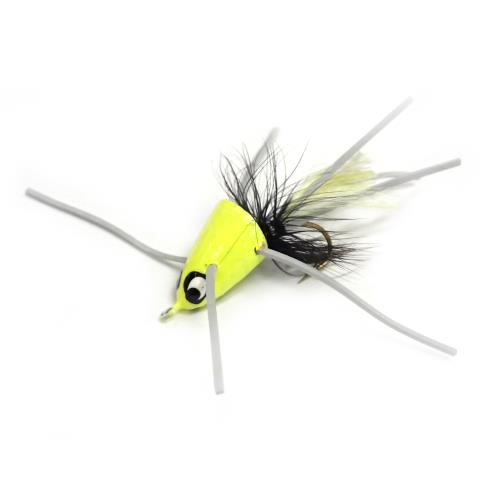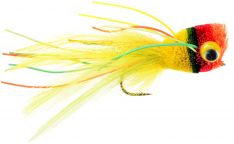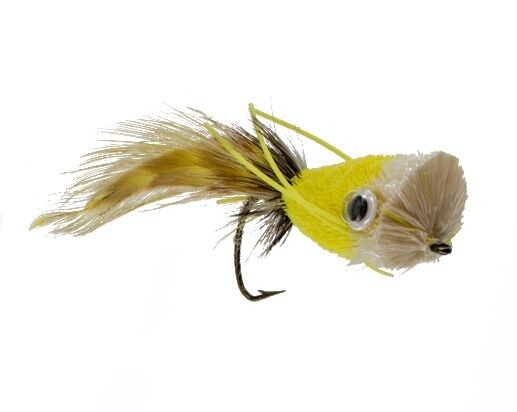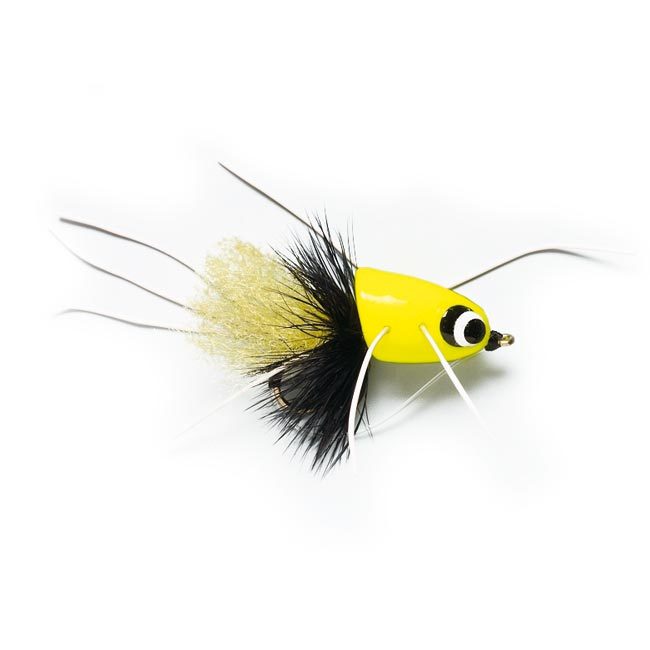The last time it happened, George W. Bush was not far into his second term and LeBron James was nearing the end of his rookie season. Netflix wasn’t streaming, Twitter and Instagram didn’t exist and Facebook was only available on the campus of Harvard University. The first iPhone was still three years away and I was still five months away from meeting the woman I would eventually marry.

Brood X cicadas have missed a lot in the 17 years they’ve been underground, but this is the year they come to the surface to see what’s been going on. And there will be a lot of them coming. Tens of billions of Brood X cicadas are expected to emerge across 18 states, including Tennessee. But we see cicadas every year. What’s so special about these?
There are, in fact, 13-year cicadas and even annual cicadas that can emerge in pretty significant numbers. But the 17-year cicadas emerge in mind boggling swarms, and the Brood X is supposed to be one of the biggest yet.

They typically begin to emerge when the ground temperature reaches 64-degrees. In Tennessee, that’s expected to be around Mother’s Day. Once they begin emerging, expect them to hang around for about 4-6 weeks. While they’re here, in addition to catching up on all of the latest tech and social trends, they will damage a few young trees and plants, make a hell of a lot of noise and end up in the bellies of a lot of fish!
Unfortunately, we don’t typically see many of them in the mountains… but I’m hopeful. And there doesn’t tend to be a lot of them near tailwaters. Where they are going to be of most significance to fly fishers is on warmwater lakes and rivers. I hope to get out at least a few times on the mud flats to cast to rising carp!
I spent part of the winter tying a bunch of these in preparation. I tied most of them on bass hooks but tied several trout versions, too… just in case…
Get ready. The cicadas are coming!
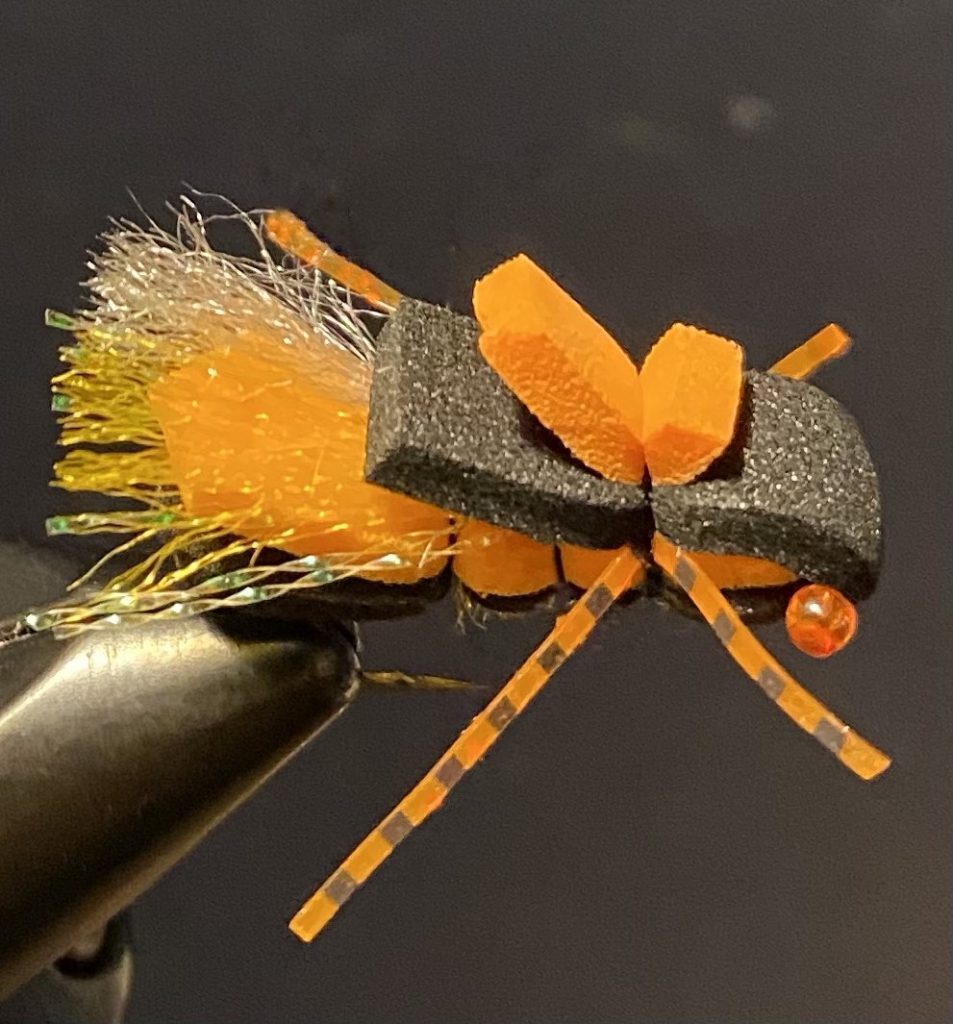
Rob’s Cicada (Trout Version)
- Hook: TMC 5212 #10
- Thread: Black 6/0
- Eyes: Red glass beads burnt onto 15lb. red Amnesia
- Underbody: Golden brown Ice Dub
- Body 1: 2mm black foam, folded over to layer Body 2
- Body 2: 2mm orange foam
- Underwing: Pearl yellow Krystal Flash
- Wing: Mix of orange and white antron yarn
- Legs: Orange and black Sili Legs



